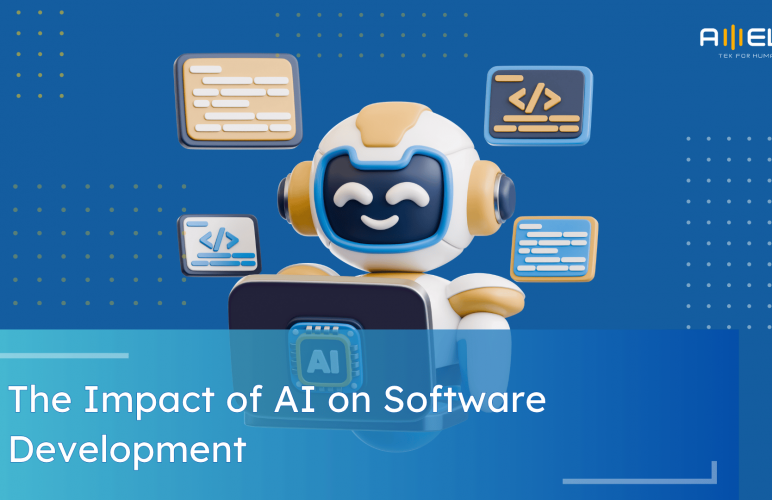
Go vs Python for Backend: A Detailed Comparison
Choosing the right backend language can feel overwhelming. Businesses often face slow systems, rising infrastructure costs, or hiring challenges. From AMELA Technology’s experience delivering solutions for clients worldwide, the choice...
View detail








